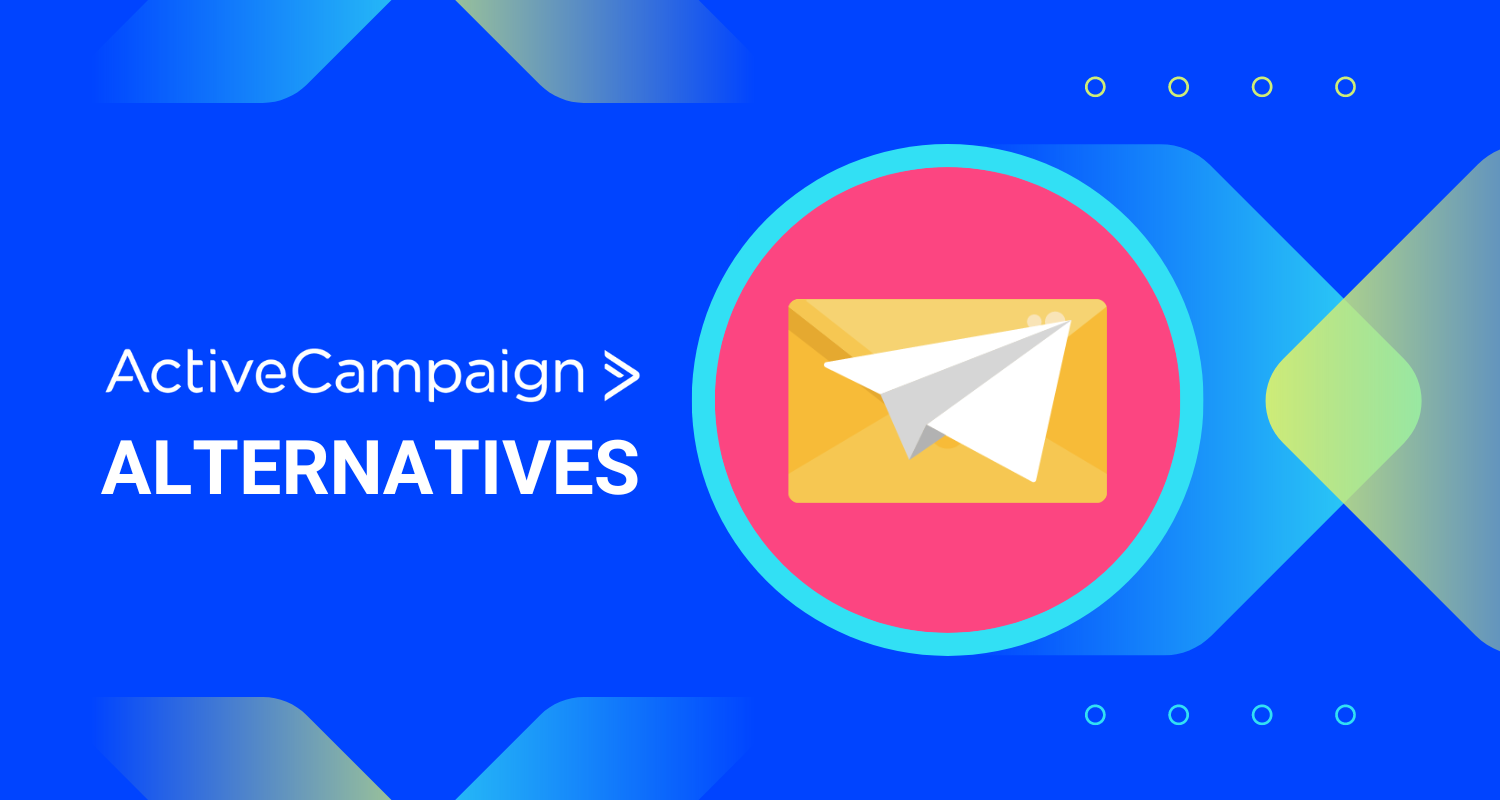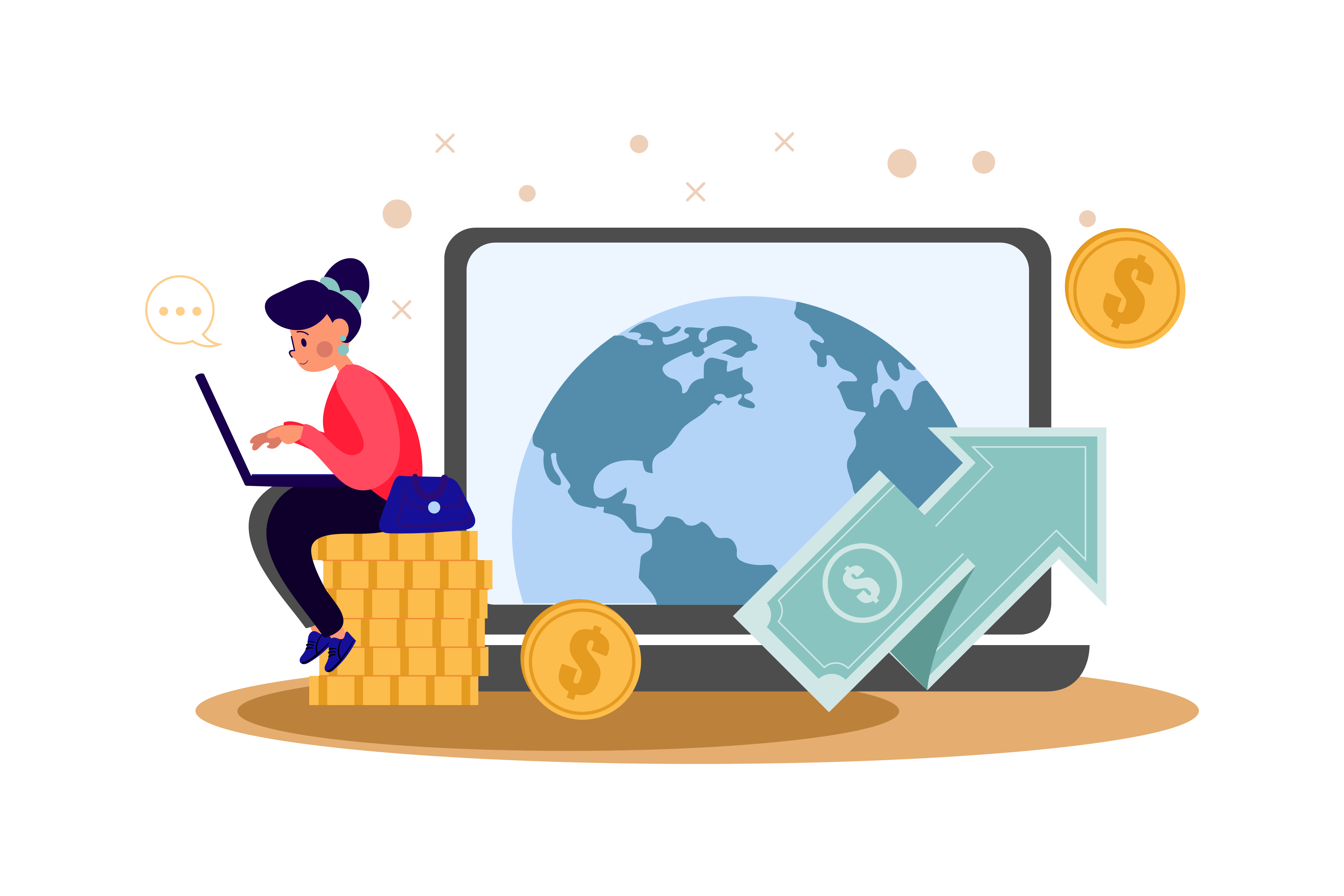
In short, there is no right answer. As with most business decisions, it depends.
The decision of whether or not to offer a free tier of your service is going to depend on your specific platform, your pricing model, the customers you’re trying to reach, and more.
It’s a question we’ve asked ourselves many times – “should we offer a free tier of GoSquared?”. As far as business decisions go, few are more important than your pricing – so let’s weigh up the pros and cons.
Who are you trying to reach?

A key factor in deciding whether a free tier is right for your business is deciding what customers you’re trying to reach. Are you building a platform primarily aimed at developers? Or are you trying to reach top ranking executives of large companies?
More and more, people try software before buying it. And increasingly, they want to experiment with software for days or weeks without commitment, before they make a decision on whether to get their credit card out.
If you’re building a tool for developers without a free tier, you’re immediately on the back foot in comparison to your competition. From the recently-IPO’d Twilio to behemoth Amazon Web Services, almost every break-out success in the developer tooling world has a free tier that developers can pick up and play with at any time.
How do you make money?

It’s hard to talk about offering a free tier without talking about how you will actually make money. Are you going for huge scale and offering advertising to earn cents or dollars off each user, Facebook style? Or are you aiming to win five customers, each worth millions? It’s likely that you’re somewhere between these two extremes.
The more scale you need, the more important your free tier becomes. Establishing where the free ends and the premium begins is the challenge. The best freemium businesses have mastered the art of growing their user base with a generous free tier, while pushing users to become paying customers at the optimum point.
To find the optimum upgrade “pinch point” requires discovering where the value and reward of going premium is crystal clear to the end user.
The advantages of offering a free tier

Deliver value quickly
There is no better way to demonstrate the value of your product, than letting someone use it at their own leisure, for free.
We can promote, we can educate, and we can sell, but there will never be a more impactful moment to a user, than the moment your platform actually delivers on a their pain point.
Removing any obstacles that impede a user from getting to that “wow” moment as quickly as possible will significantly enhance your changes of winning them as a customer.
Grass roots
By offering a free tier you instantly open yourself up to a huge range of potential users, which would never be possible with a premium-only product. You enable new and small businesses and individuals, that will have limited budgets in the early days.
As their business grows, young businesses discover the tools they need – having a free tier gives you the opportunity to help them grow from day one.
Your sector may be very competitive. Most are, and being a tool companies use and adopt from the very beginning offers massive advantages. Teams become reliant on your features and comfortable using your platform. Changing tools takes thought, consideration, and time, the latter of which most small businesses very rarely have much of.
Upgrading to a paid tier, when their business is ready for it, is an easy option for a platform that is already delivering value for them.
Scaling users
Does your product become more valuable with every user that uses it? If so, then having a free tier is likely a no-brainer to ensure a meaningful adoption rate.
Low market awareness and confidence are barriers to any new product or service. When you throw in cost, it makes it even more difficult for people to try you out. Removing cost reduces risk and increases the likelihood of users signing up to try out your platform in the first place.
The feedback you’ll get from your first users will be invaluable; it will heavily shape your product and help it grow into a product the market demands.
Creating champions
If executed well, the majority of your advocates and product champions can come from your free tier.
By offering a free tier, the perceived value of your platform will always be extremely high, as there is nothing to offset any benefits users are taking from the platform. Your free users are always one click away from shouting about your platform across their social channels. Imagine how many reviews your app could receive in the App Store, if you can give a great experience to a large base of free users.
Talk to any marketer and they will tell you the best form of advertising is always word of mouth. Regardless of your advertising budget, this type of genuine promotion is something you simply can’t buy – but with a free tier you can heavily incentivise it.
Reasons to avoid offering a free tier

Money, or lack of it
As a software business, you’ll likely obsess over your Monthly Recurring Revenue (MRR). Increasing MRR enables your business to grow faster and more aggressively. You can hire engineers, more sales representatives, and more customer success reps. You can invest in making your platform better and build new features that will attract new customers.
Introducing a free tier can impact MRR in both positive and negative ways. It may eliminate the reason for some people to become customers on day one. However, the larger (and harder to predict) opportunity is from having a dramatically broader user base that comes with having a free tier, and successfully converting a percentage of the free users to premium pricing; in the long run this could lead to a fundamentally more valuable business.
People don’t buy on price, they buy on perceived value
If you’re asking a free user to upgrade to a paid tier, they will inevitably ask themselves “how much additional value am I going to derive from this service by taking this step up to a paid tier?”.
As hard as you try, you can’t retrospectively introduce value they’ve already had for free. You always need to take into account the concept of the ‘The Penny Gap‘. It’s harder psychologically to get a user to go from paying nothing to a penny, than it is to increase their spend from paying $1 to $2.
Expectations are high
We live in a freemium world. From Slack to GitHub to Dropbox, people are used to getting their news, entertainment, and social content for what they perceive as free. The result of which means users have higher expectations of a free service than ever.
You have to ensure the experience and value you deliver from your free tier is in line with a user’s expectations of what a free service should deliver. Obviously the challenge is leaving room for users to see value in upgrading; it’s a fine line and takes time to get right.
Support time counts towards acquisition costs
Free users will usually be classified as self-service, however it doesn’t mean that they don’t require any support or assistance.
Individuals and small businesses attracted by a free tier are not always going to have prior experience with similar platforms and won’t have an in-house team that they can turn to for support.
Most likely, the questions free users have will end up with your customer service team. If you are going to get them over the Penny Gap, you need to ensure that the experience they have on the free tier is great. This means spending the required time with users to make sure your platform is delivering value. However, there is a cost associated with this time – if you can measure it, this time spent should also be considered when you are thinking about the total cost of acquisition of a new customer.
Closing thoughts
If a user is free, it doesn’t mean they fall into a ‘bad’ category. Free users can offer incredible value to your business through qualitative feedback and marketing through their passion for your platform.
Meanwhile on the other hand, paid users shouldn’t automatically fall into your ‘good’ category. Are you holding back your growth by forcing a premium tier onto customers that aren’t ready to pay yet? Are you crippling your opportunity to become a de facto platform in your space by asking for payment too soon?
If you are considering a free tier, take the time to weigh up the pros and cons and measure the value free users can deliver to your business. Make a call today and learn – you’ll likely revisit your pricing frequently and question your earlier assumptions.

